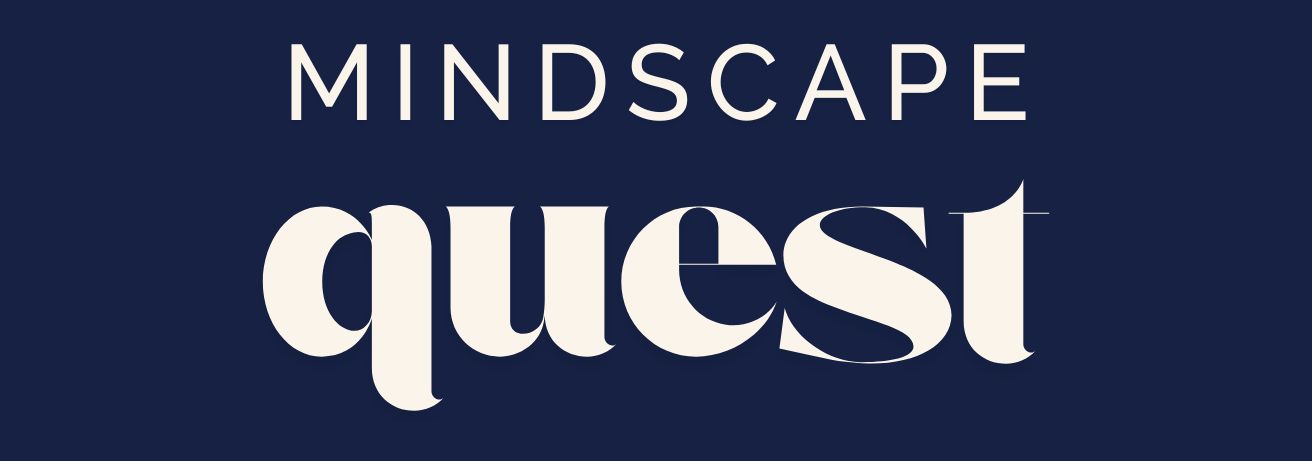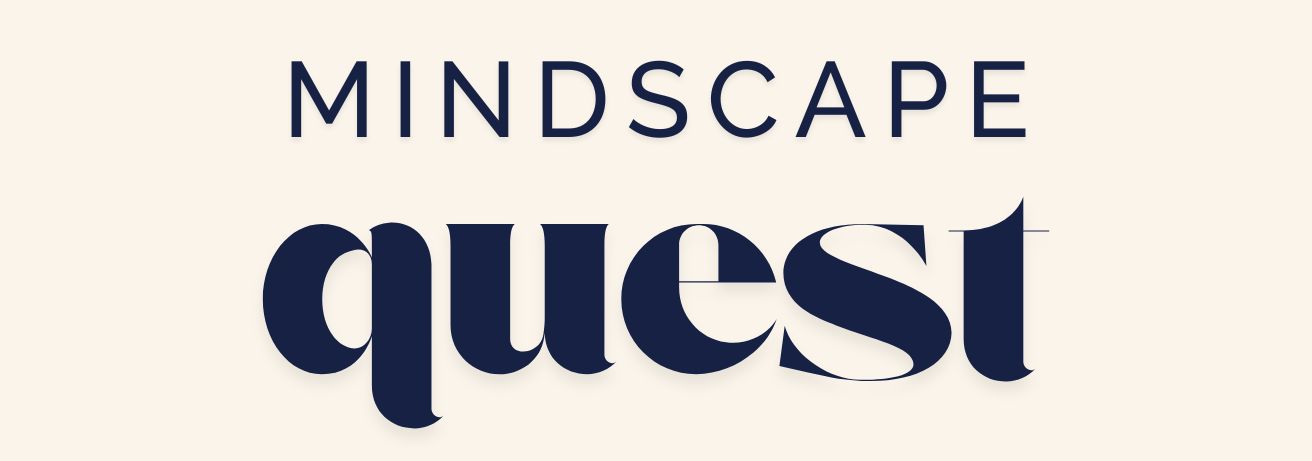Introduction to Homeownership and Its Significance
Homeownership is often considered a cornerstone of personal and financial stability. It represents not only a place to live but also an investment in one’s future. Owning a home can provide a sense of security and belonging, as well as potential financial benefits through property appreciation. However, the path to homeownership can be challenging, especially for first-time buyers. Rising property prices, stringent mortgage requirements, and the need for a substantial down payment can create significant barriers. This is where rent-to-own options come into play, offering a viable alternative for those aspiring to own a home.
Understanding Rent-to-Own Options
Rent-to-own is an arrangement where a tenant agrees to rent a property for a specified period with the option to purchase it before the lease expires. This option can be particularly beneficial for individuals who may not currently qualify for a mortgage due to credit issues or a lack of savings for a down payment. The rent-to-own model allows potential homeowners to build equity while renting, providing a unique opportunity to transition from renting to owning.
Key aspects of rent-to-own agreements include:
- Option Fee: A non-refundable fee paid upfront for the right to purchase the property in the future.
- Rent Credits: A portion of the monthly rent that goes towards the purchase price.
- Purchase Price: The agreed-upon price for the home, set at the beginning of the lease.
These agreements can vary significantly, so it’s crucial for potential buyers to thoroughly understand the terms and conditions before committing.
Advantages and Challenges of Rent-to-Own
Rent-to-own options offer numerous advantages, making them an appealing choice for many aspiring homeowners. One significant benefit is the ability to lock in a purchase price at the start of the lease, which can be advantageous in a rising market. Additionally, renters have the chance to improve their credit scores and save for a down payment while living in the home they intend to buy.
However, this path also comes with challenges. The option fee and potential rent premiums can be costly, and if the renter decides not to purchase the home, these payments are typically non-refundable. Furthermore, if the renter fails to secure financing by the end of the lease, they risk losing the opportunity to buy the home.
Despite these challenges, with careful planning and financial management, rent-to-own can be a practical solution for those committed to achieving homeownership.
Comparing Rent-to-Own with Traditional Home Buying
Traditional home buying involves securing a mortgage to purchase a property outright, often requiring a significant down payment and a strong credit history. In contrast, rent-to-own offers a more gradual approach, allowing individuals to ease into homeownership.
Key differences include:
- Down Payment: Traditional buying typically requires a larger upfront payment, while rent-to-own may involve a smaller option fee.
- Credit Requirements: Rent-to-own can be more accessible for those with less-than-perfect credit, providing time to improve credit scores.
- Equity Building: Traditional buyers build equity from day one, whereas rent-to-own tenants gradually build equity through rent credits.
Both options have their merits, and the choice largely depends on individual circumstances, financial readiness, and long-term goals.
Conclusion: Navigating Your Path to Homeownership
Rent-to-own options offer a unique pathway to homeownership, particularly for those facing challenges with traditional buying methods. By understanding the intricacies of these agreements, potential homeowners can make informed decisions that align with their financial goals and personal circumstances. Whether opting for rent-to-own or traditional buying, the journey to owning a home is a significant step towards financial independence and stability. As you navigate this journey, consider your long-term objectives, financial readiness, and the flexibility you need in your housing arrangements. With the right approach, homeownership can become a reality, opening doors to a stable and prosperous future.










